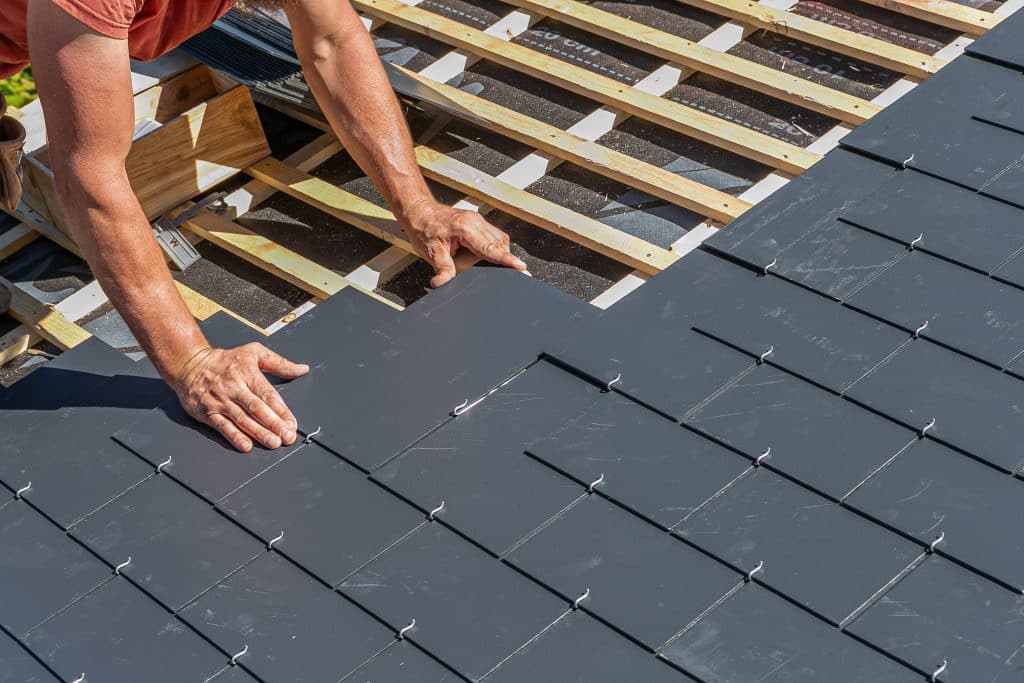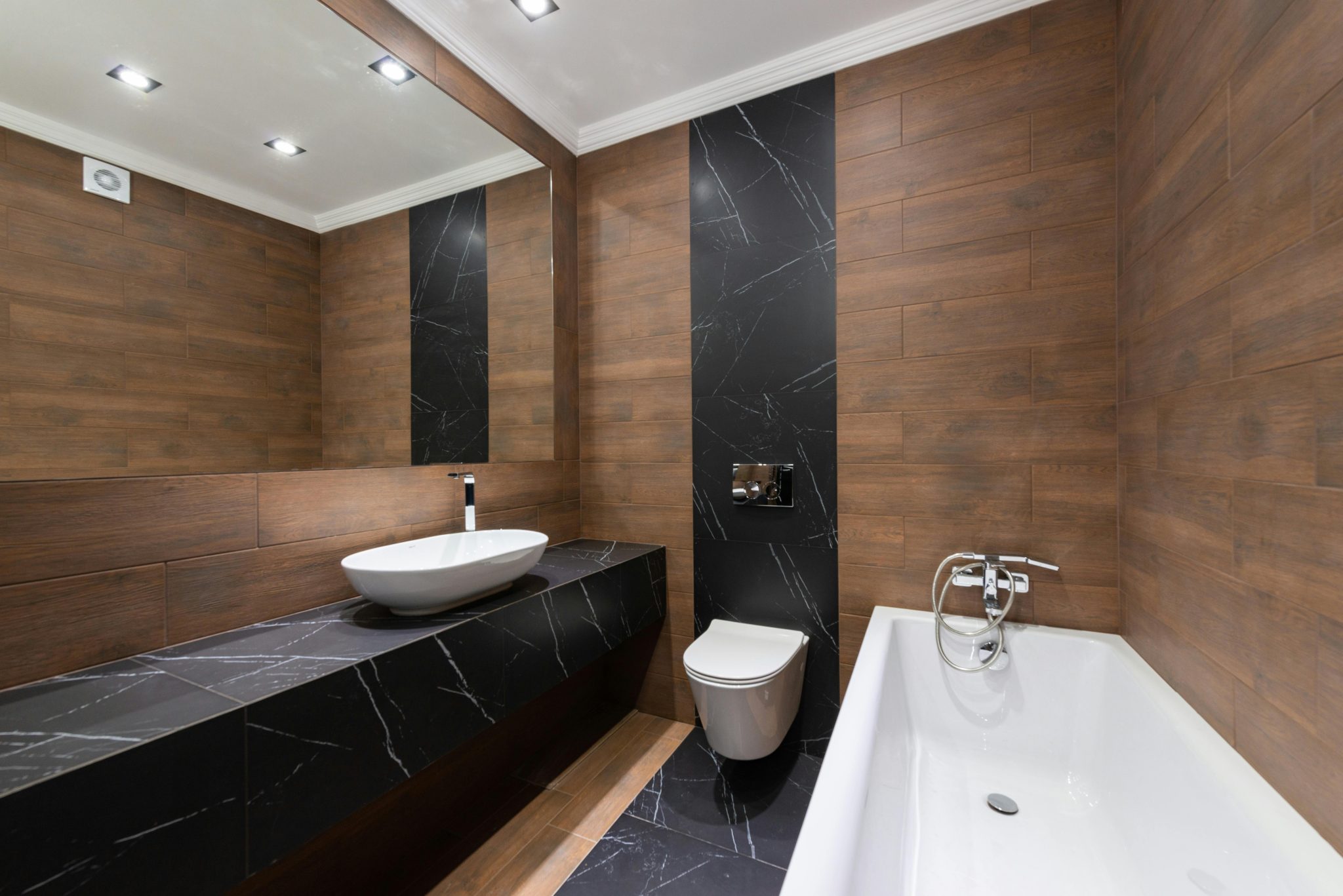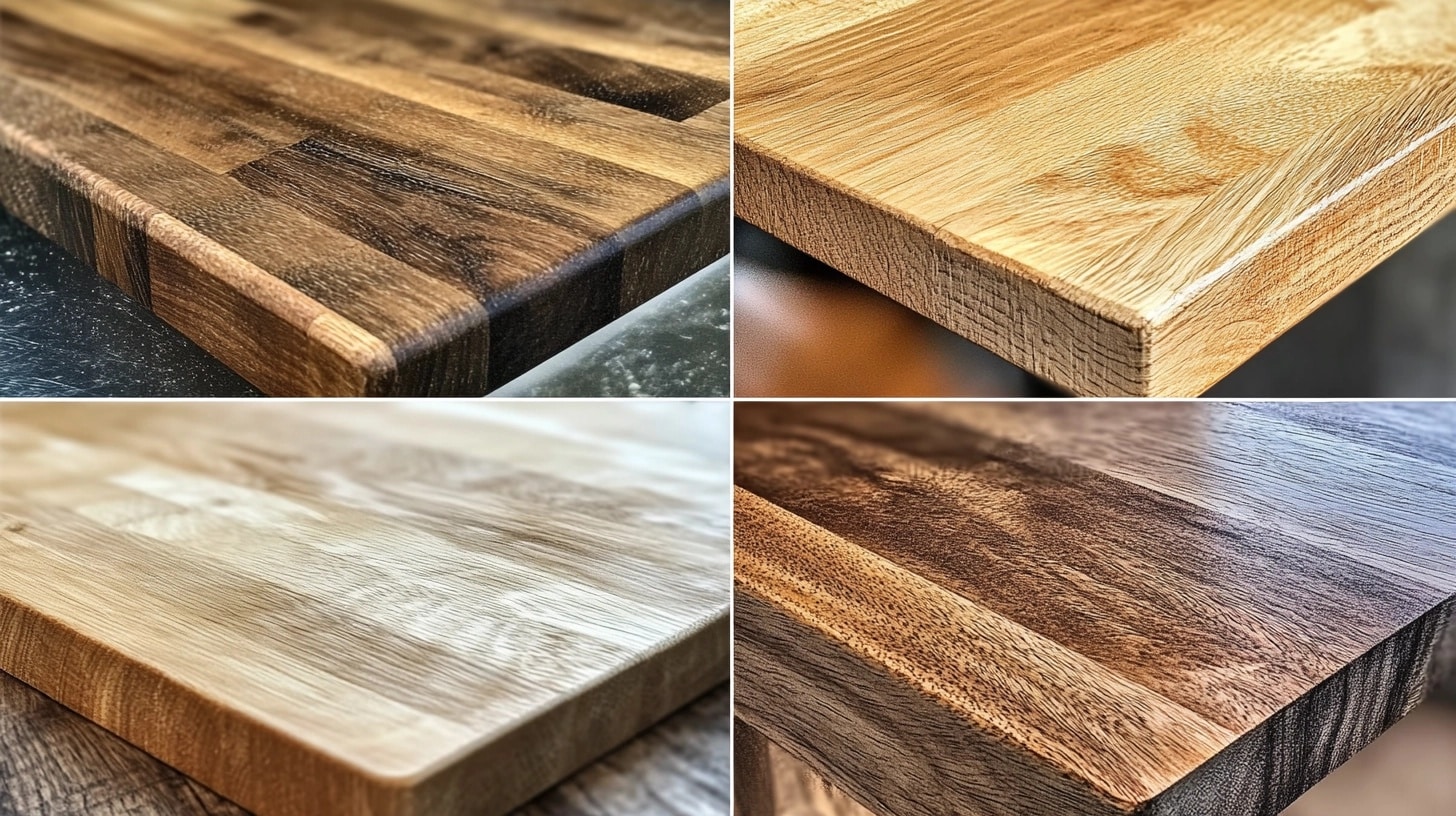What’s The Best Type Of Roof For My Home?
You pull into the driveway, exhausted after a long day. Glancing up, you spot a damp stain on the ceiling—another sign of your roof worsening. The thought of chasing down leaks and handling repairs makes your headache pound. Although it isn’t actively leaking, the bare patches that expose the underlayment suggest it soon might.
The roofing material you opt for can have a significant impact on maintenance costs down the road. This article will explore factors including practical considerations such as climate and budget and other priorities like aesthetics and sustainability.
Understanding Your Needs

First, examine your current situation. Is this a new construction project, or are you replacing an existing roof? Your budget range and preferred shingle colors or styles may shift depending on whether you’re starting fresh or need like-for-like replacement on an older home.
Inspect the roof (if existing) to identify areas needing repair. Consider the age, style, and size of your home. For instance, a ranch-style house has different roofing needs than a modern two-story house, which may benefit from other types of metal roofs. Make sure to have a realistic budget that aligns with the scope of the project.
Clarify your top priorities, too. How important is durability and longevity to avoid frequent, costly repairs? Are you willing to pay more upfront for a longer-lasting, better-protected home? Does energy efficiency matter to leverage savings on utilities? Carefully weigh benefits like sustainability, noise reduction, and fire resistance as well.
Exploring Your Options
Each type has its notable features. Explore the most common roofing materials, along with their unique pros, cons, and associated costs:
-
Asphalt
Asphalt shingles are the most budget-friendly option. The embedded mineral granules also add dimensional style. However, their typical lifespan of 20-25 years means more frequent replacements unless you opt for premium versions, which can last up to 30 years. Cost can range based on factors like shingle thickness and wind resistance ratings.
-
Metal
Metal roofs could last 50-70 years. Thanks to advanced coating technologies, they shed snow easily to prevent ice damming while reflecting UV rays to reduce heat transfer. Bare metal and stone-coated steel styles cost more upfront. But they offset this over their extra decades of near-zero maintenance life.
-
Concrete
Concrete tiles can stand up to harsh weather conditions for more than 50 years. Their heavyweight construction is durable but requires additional roof support. The natural earth tones lend a distinctive Mediterranean curb appeal. Pricing starts around USD$10 per square foot installed.
-
Wood
Wooden shake shingles provide a warm, rustic look many homeowners cherish. Naturally, moisture-resistant woods like cedar hold up better than pine in rainy climates. Expect to replace them every 10-30 years for USD$8-15 per square foot.
-
Slate
Slate roofing tops the price spectrum at USD$15-30 per square foot but delivers in looks and longevity. Complex installation coupled with high material costs make this a premium option. Still, slate’s natural beauty and 100-year lifespan motivate many homeowners.
-
Other Emerging Options
Green roofs allow you to create an environmentally friendly oasis if you don’t mind the higher cost and maintenance involved. They provide long-term benefits such as enhanced energy efficiency, effective stormwater management, and mitigation of urban heat islands.
Beyond materials, factor in climate challenges like heavy snow or wind. Steeper-pitched A-frames suit heavier concrete tiles better than low-slope materials like rolled asphalt. Remember to confirm roofing products comply with local building codes. Roof maintenance needs vary, from occasional visual inspection to very hands-on upkeep, replacing worn shingles every decade or so.
Comparing And Choosing
With your priorities clarified and an overview of each material’s unique characteristics, you’re ready to compare and determine the optimal roofing solution for your home. Use the criteria below as a starting guide:
- Material: Actual product composition, such as asphalt, wood, concrete, etc.
- Durability: Expected lifespan under local climate conditions
- Cost: Total project estimate, including labor
- Energy Efficiency: Ability to reflect UV rays and insulate against heat transfer
- Aesthetics: Visual appeal and curbside appeal
- Maintenance: Regular upkeep and repair needs over time
- Environmental Impact: Sustainability factors from material sourcing to disposal
Cross-reference your must-have features against your budget ceiling. Consult qualified local roofing company for recommendations tailored to your situation. They can clarify how regional climate patterns may favor certain materials as ‘best.’ Get multiple itemized estimates in writing to compare warranties.
Beyond The Basics
Once deciding on a roofing material, consider what will maximize home value. Some high-end slate or metal roofs increase property value more than their upfront price tag. Investigate newer reflective coatings leveraging cutting-edge solar technology, too. Many offer sustainability bonuses like diverting scrap roofing from landfills.
Regardless of your chosen material, don’t neglect maintenance after installation. Perform periodic visual inspections, clearing debris from gutters and drains. Address minor issues like cracked tiles or loose flashing promptly before water seeps underneath to cause structural damage.
Take steps to ensure your roof endures for its expected lifespan so you get your money’s worth. Detect problems early and repair them wisely to extend their functional performance for another decade or more.
Conclusion
Choosing the ideal replacement roofing material for your home is an important decision requiring careful examination of your unique needs, climate, budget, and priorities. Weigh each roofing type’s pros and cons regarding your situation.
Consult qualified local roofing companies for recommendations on the best solution for you. Investing the appropriate time upfront means you can look forward to decades of lasting protection and peace of mind from making the optimal choice.






